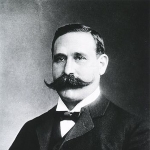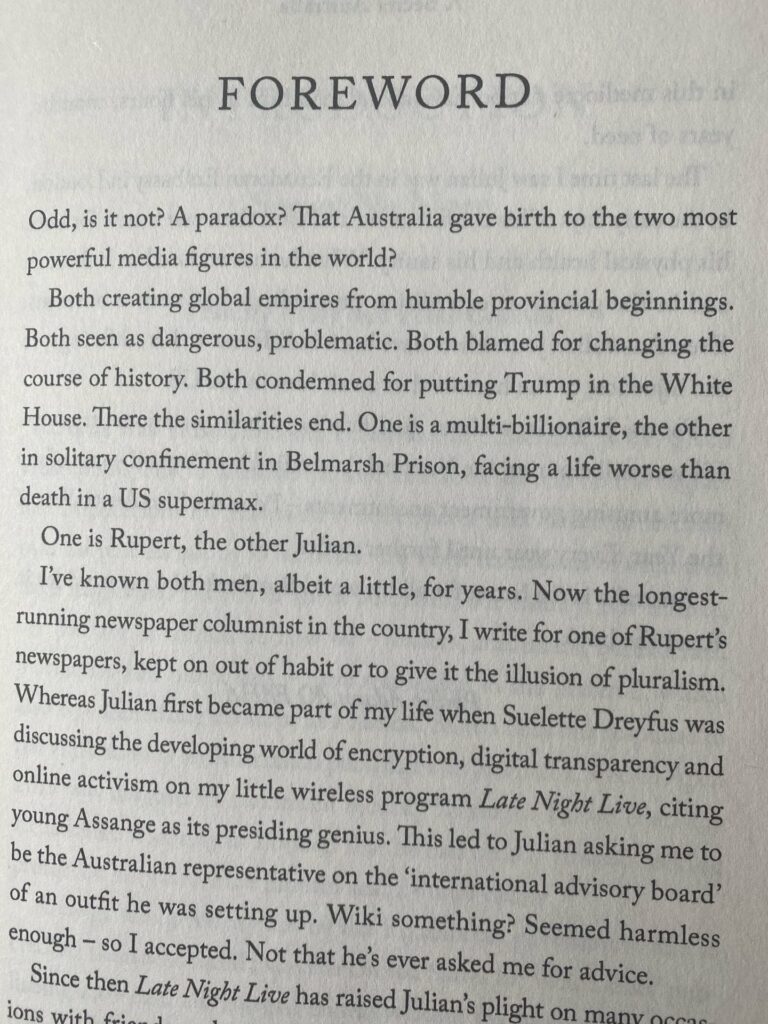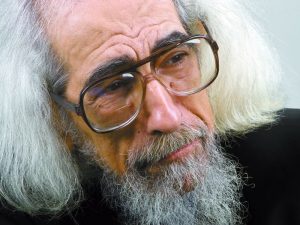 We are now about to enter the part of Nanine Charbonnel’s account of how Jesus was “incarnated” as a “god-man” in the canonical gospels. Let’s recap what we have covered so far.
We are now about to enter the part of Nanine Charbonnel’s account of how Jesus was “incarnated” as a “god-man” in the canonical gospels. Let’s recap what we have covered so far.
All of the posts in this series are collated in reverse chronological order at Charbonnel: Jesus Christ sublime figure de papier
The earliest posts covered Jewish practices of writing and interpreting texts that are alien to us today. We saw how numerical values of words could give special meanings to words. We saw how similar sounds, assonance and alliteration, could link quite different words to create a new conceptual relationship between them. We saw how certain narrative sequences or images could take on renewed meanings as they were repeated with adaptations in new stories. And so forth.
Charbonnel then sought to demonstrate that the gospels were written as “midrashic” fulfilments of Jewish Scriptures and other writings and legends or sayings of the Second Temple era. (Midrashic techniques addressed in the first section of the book were frequently shown to be the source of the gospel narrative.) The intention of my recent tables across seven posts was to set out Charbonnel’s evidence demonstrating the reasonableness of the view that the evangelists were constructing narratives to make them “fit” or “work out” the “prophecies” or (I am adding this part) “past situations that called out for redress and were therefore interpreted as implicit prophecies”.
| Tables setting out in detail gospel “fulfilments” of Jewish Scripture and other writings: Table 1; Table 2; Table 3; Table 4; Table 5; Table 6; Table 7. |
“Fulfilled scripture” is most simply explained in John Dominic Crossan words:
What we have now in those detailed passion accounts is not history remembered but prophecy historicized. (Crossan, Jesus, 145. Crossan himself did not dispute the historicity of Jesus. The sentence quoted here was specifically referring the gospel accounts of Jesus’ crucifixion, death and burial. )
Charbonnel’s tables would persuade us that Crossan’s words apply to the entirety of the gospel narratives and not only the Passion scenes.
In my series of posts I began discussing the symbolic meanings of several of the key characters in the gospels prematurely. To keep in line with Charbonnel’s discussion the seven tables should precede those posts about symbolic characters.
In brief, the sequence so far:
Explanation of the various midrashic techniques of composition and interpretation.
Demonstration that the gospels were written “midrashically” as “fulfilment of Jewish writings.
Demonstration that the gospels were written with characters constructed as symbols, often symbols for collectives of people (e.g. Jews, gentiles). The ultimate character “midrashically” constructed as a symbolic figure was Jesus himself.
In preparation for the detailed discussion of how Jesus was so constructed, Charbonnel opened the chapter by pointing to some of the other figures in the gospels, showing us how they, too, were symbolic and represented various groups of persons.
So in preparation for the next part of this discussion about Jesus you might like to skim over these posts once again:
The Symbolic Characters in the Gospels: Personifications of Jews and Gentiles
Zechariah and Elizabeth
Mary and Martha
The Hemorrhaging Woman and Daughter of Jairus
The Samaritan Woman at Jacob’s Well
Mary Magdalene
The Symbolic Characters in the Gospels #2: John the Baptist and the Twelve Disciples
John the Baptist
“John” and Peter race to the tomb
The Twelve Apostles: the twelve tribes of Israel
In the same post there are discussions of the meanings of names, the multiplicity of the same names, the various kinds of doublets.
Symbolic Characters #3: Mary, Personification of the Jewish People, “Re-Virgined”
Mary and the Cana Wedding
Virgin Mothers of Moses and Jesus
Mary, the new Body, the Mystical Body
So with all of that now outlined I am ready to post about the “literary incarnation” of the central character of the gospels.
In the meantime, I’ve been catching up on some wider reading of certain French works often referenced by Nanine Charbonnel. They are also most interesting, even challenging, and I still trying to digest much of them. It will take me some time before I know enough and think through enough to take a stance for or against their views, what modifications I would want, etc. Before I reach that stage I am still enjoying a fascinating journey of discoveries. The most recent ones are an elaboration on the “midrashic” construction of the Paul figure, not only the Paul of Acts but also the Paul of the epistles. It is all giving me a slowly deepening understanding of where Charbonnel herself is coming from and a better appreciation for her arguments.
Charbonnel, Nanine. Jésus-Christ, Sublime Figure de Papier. Paris: Berg International éditeurs, 2017.













